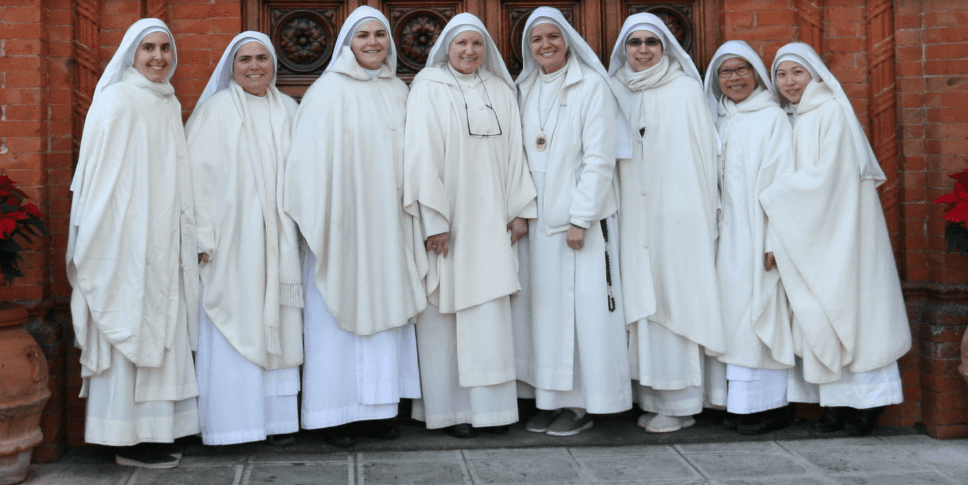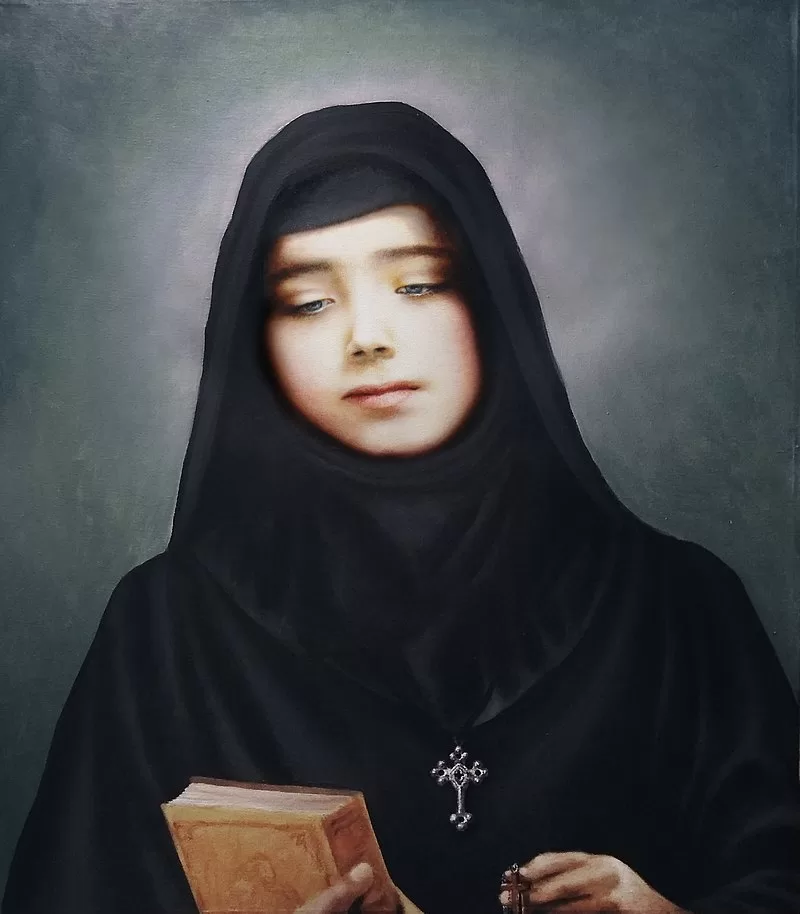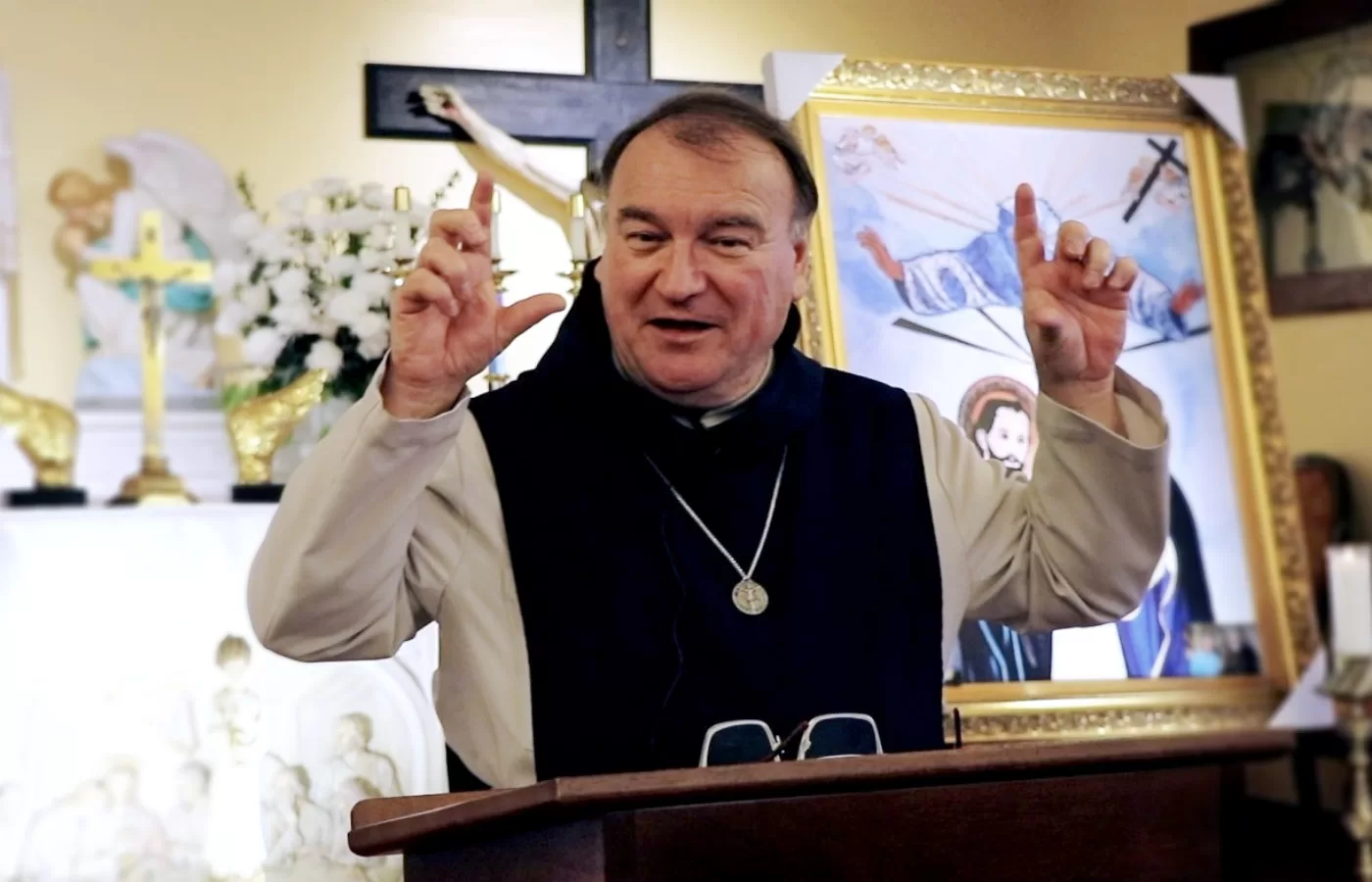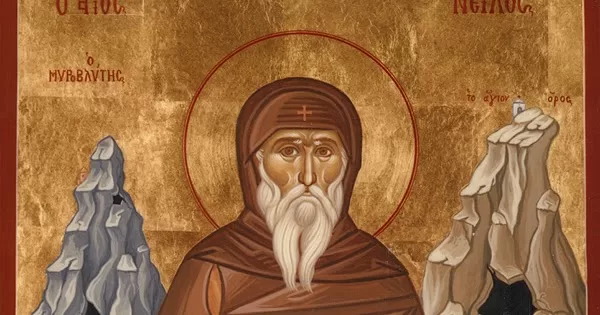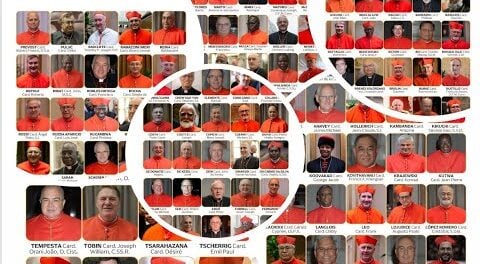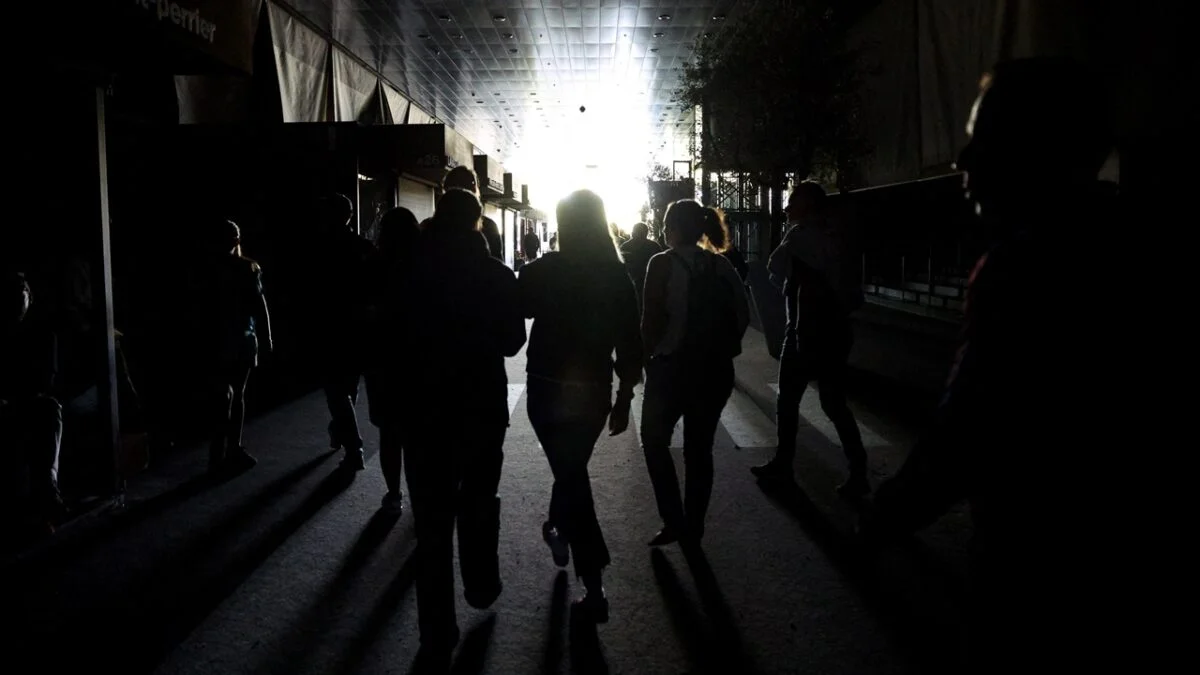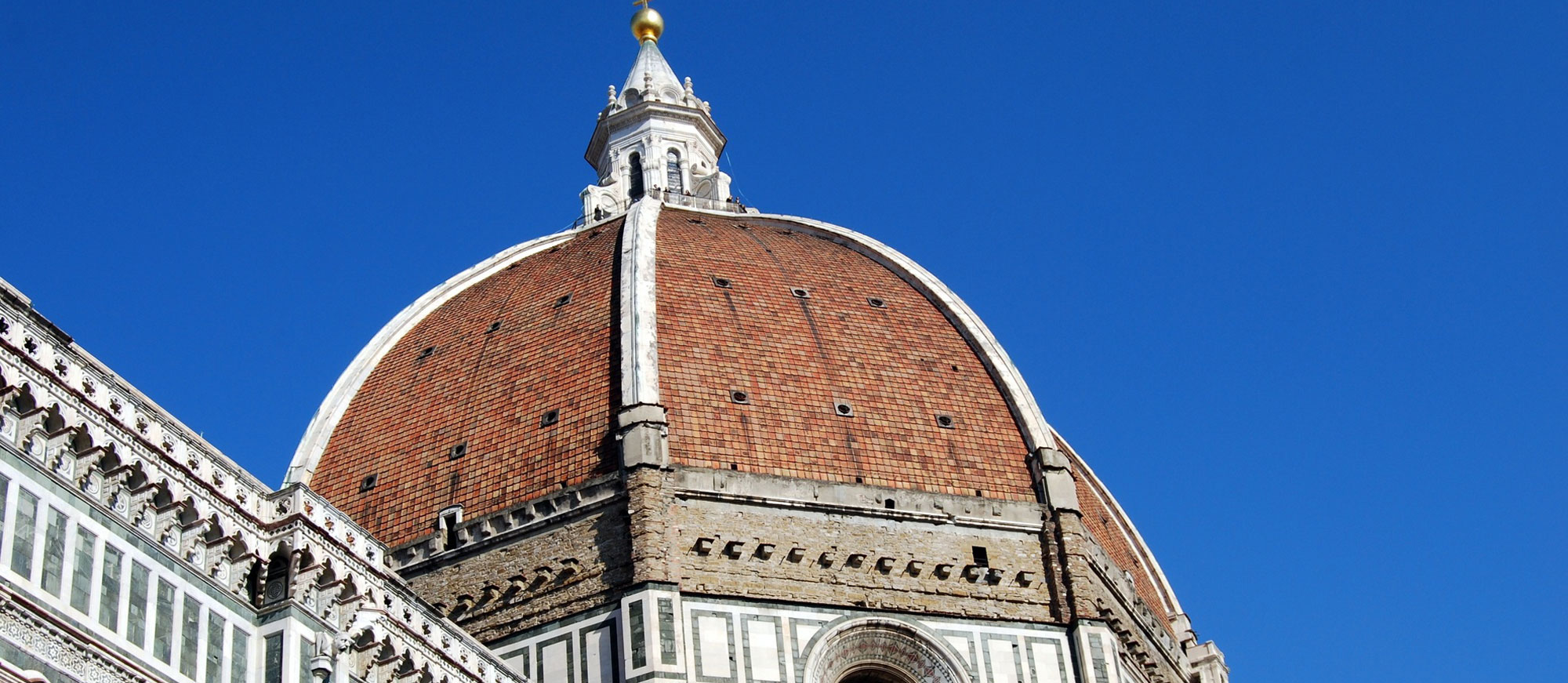
Tag: catholic blog
-
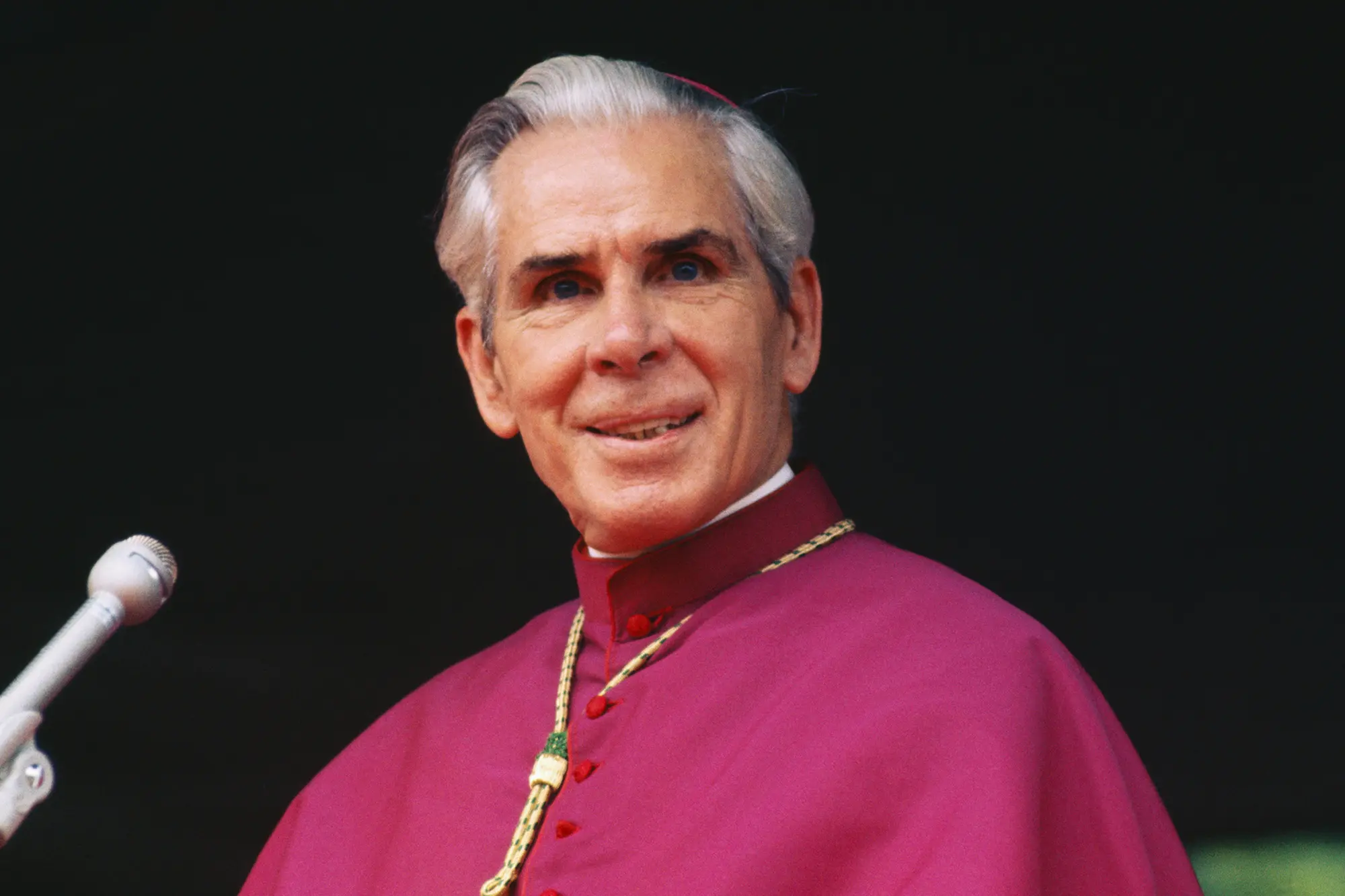
What Happened at Venerable Fulton J. Sheen’s Last Day?
Read More: What Happened at Venerable Fulton J. Sheen’s Last Day?‘I want to see the Lord. I have spent hours before Him in the Blessed Sacrament. … [N]ow I want to see Him face-to-face.’ God lavished many gifts upon Venerable Archbishop Fulton Sheen, including a brilliant mind, a remarkable memory, a magnificent voice, and enviable oratorical skills. He transcended the parish and the diocese.…
-
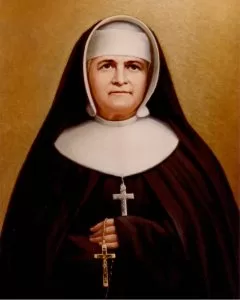
Vatican confirms miracle for new Canadian saint
Read More: Vatican confirms miracle for new Canadian saintOn Wednesday, January 24, the Vatican Dicastery of the Causes of Saints officially approved a second miracle that was attributed to the intercession of Bl. Marie-Léonie Paradis. The miracle involved the medically unexplained recovery of a baby girl on November 9, 1986. The baby was born without any signs of life, but after her family prayed for the…
-
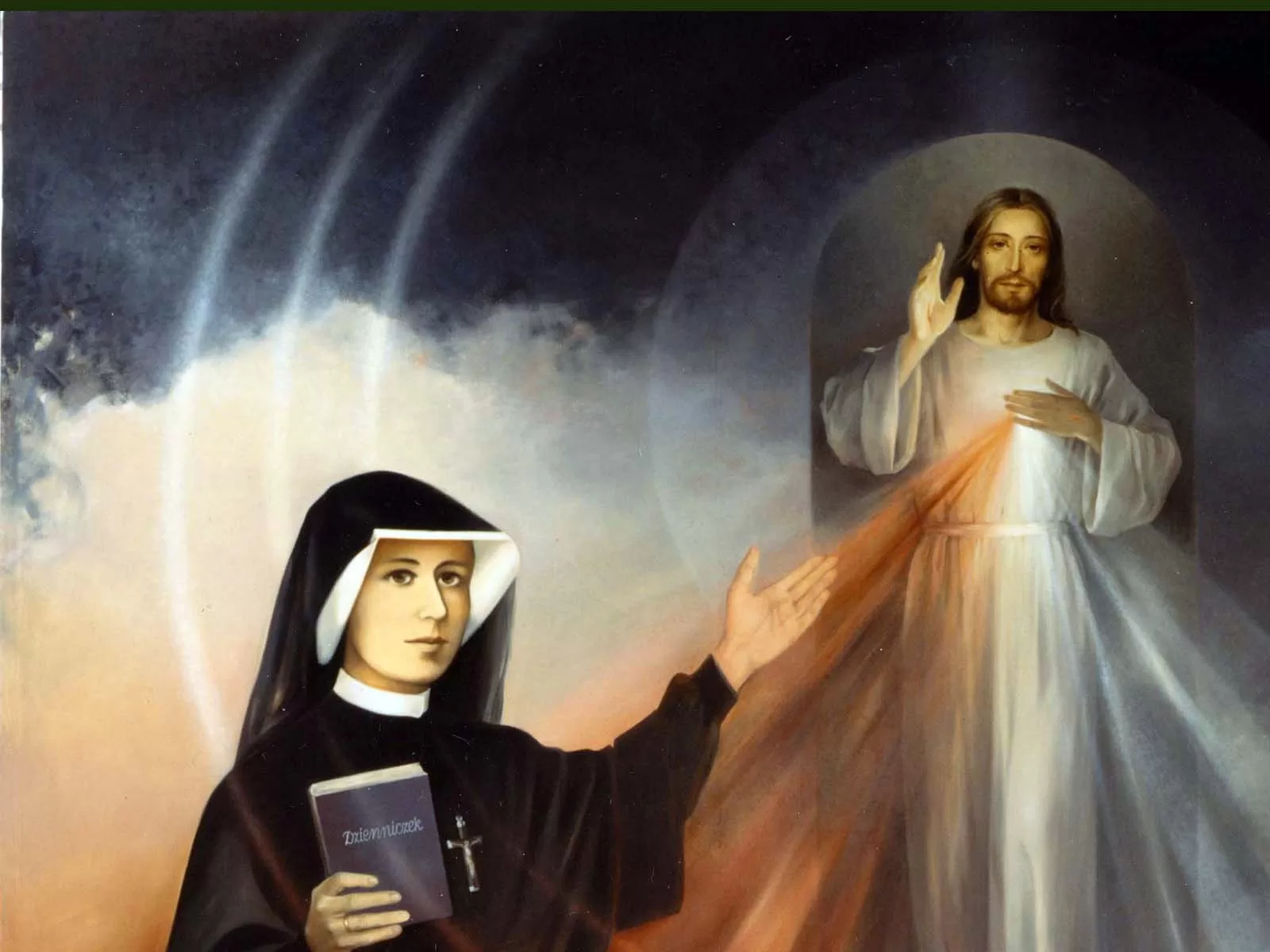
This is what pleases Jesus best, according to St. Faustina
Read More: This is what pleases Jesus best, according to St. Faustinahose who do not pray to Jesus in his Passion,” wrote the poet priest Gerard Manley Hopkins, “pray to God, but scarcely to Christ.” We pray with passion when we meditate on the Lord’s Passion. How crucial to keep the cross at the center of our prayer. St. Leo the Great assures us that “through…
Search
Popular Posts
-
🙏 A New Chapter Begins: Supporting Pope Leo XIV with Prayer and Hope | W/ Daniel O’Connor
“Give the new pope a break and support him with your prayers.”–…
-
Possible Candidates for The Next Pope!
Some Candidates for the New Papacy Today we will share with you…
Categories
Archives
Tags
#Miracles (102) 2023 (4) 2024 (4) approved miracles (2) catholic (141) catholic blog (375) catholic meditations (7) catholic miracles (371) catholic motivation (2) catholic news (371) catholic prayers (4) CatholicSeers (359) catholic vlog (375) catholic websites (6) Eucharistic miracle (2) fr jim blount (3) GisellaCardia (11) hamas (3) imitation of christ (2) Israel (4) israel live (5) Israel news (9) jesus (3) jesus christ (4) Latest messages (11) lent 2023 (10) lent 2024 (4) lent homily (2) lent retreat (4) lent retreat 2023 (3) Lourdes (2) messages from god (6) MessagesFromHeaven (364) miracles of catholic church (2) mother and refuge (2) ourlady (325) OurLadyApparitions (22) our lady of lourdes (2) Pope (2) POPE francis (3) pope francis news (2) prayers (3) real miracles (356) sacred heart of jesus (2) The Miracles of Lourdes (2)


